Advancements in Vape Technology
In our Legalization 2.0 article, we talked about how the vape pen wave is set to hit the Canadian market starting in October. As we prepare for the “vape wars”, it’s important to understand the basics and not-so-basics of this emerging product category. Where is vaping heading next? Let’s take a deep dive into the smoke-less world of concentrates, cartridges, and innovative vape hardware solutions.

Amid the recent reports of potential negative health effects in unregulated illegal markets, it’s crucial to know exactly what is and isn’t inside your vapes. At Valens, we don’t use any toxic diluents or additives in the vape cartridges we fill. All of our oils are tested to the world’s highest quality standards. Our focus is, and has always been, on delivering distillates and full-spectrum oils with maximum purity and consumer safety in mind.
In this article, we’ll begin by taking a look at how vaping evolved to where it is today. We’ll get into specifics about how vaping works and look at the key components that make up vape hardware. Finally, we’ll get a glimpse into the future of vape technology and highlight how Valens is well-equipped to be at the forefront of this revolutionary market.
A Very Brief Vaping History
Before we get into the vape technology of tomorrow, let’s go back in time to where and how it all began. The earliest use of vaping dates back to 5th Century BC in Egypt, where hemp seeds were placed on hot stones creating inhalable vapor. This eventually led to the invention of the hookah in India in the 15th century, and then various attempts to create an e-cigarette in the USA in the 1900s.
Fast forward to 1993 in Amsterdam when a man named Frank William Wood, aka “Eagle Bill”, developed the first commercial vaporizer for cannabis. While this rudimentary device was a far cry from the advanced devices we have available today, it formed the foundation for progress.
Vape Science: How it Works
Within a vaporizer, dried cannabis flower or concentrate is heated to a temperature that is just below its combustion point of 392°F. An ideal level of heating allows the desirable compounds in cannabis to be inhaled and released as a vapor. This ability to effectively deliver cannabinoids and terpenes, while significantly reducing harmful compounds that would be found in smoke, makes vaping cannabis a worthy alternative.
To go further into the vaping process, let’s take a look at the main components that make up the majority of vaporizers.
The Core Components
There are a plethora of different types of vaporizers on the market, each with their own unique components. For our purposes, we’ll focus on a standard, portable vape pen which is made up of five main components.
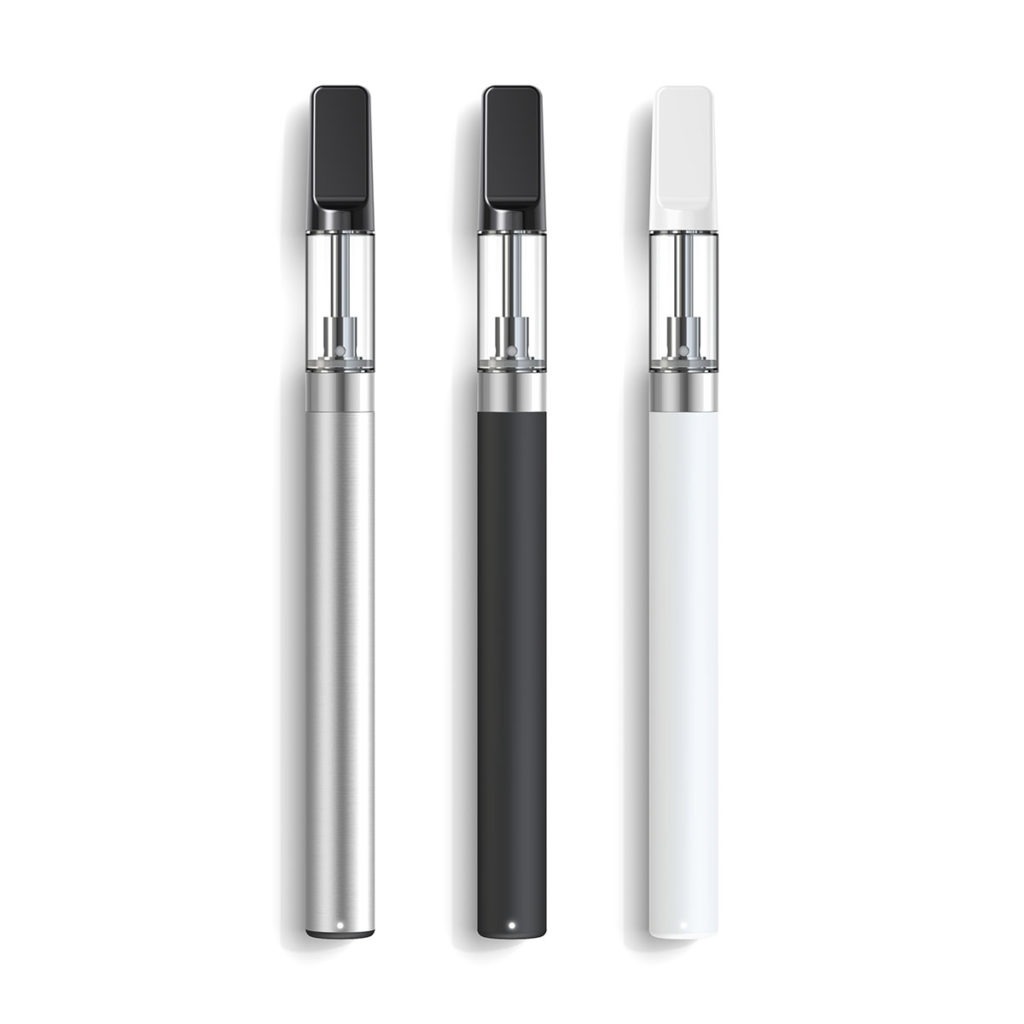
1) Battery
The battery is the vape pen’s power source, providing the charge needed to create heat for vaporization. Batteries come in a range of sizes, but smaller batteries are often preferable for a sleek, low-profile, portable design. Many vape pens are equipped with a rechargeable lithium-ion battery.
2) Sensors
Sensors within the battery can work to turn the vape pen on when the consumer inhales. These sensors also regulate things like temperature and length of heating. In smart vapes, the device itself can include built-in, regulating software.
3) Heating Chamber
The heating element is also known as the atomizer or cartomizer. It often features ceramic coils and a cotton wick that heat the oil within the cartridge, converting it into vapor. A predetermined level of resistance (measured in ohms) regulates the flow of electricity to the coils.
4) Cartridge
This vital component holds the cannabis oil. Cartridges can either be refillable or disposable, and are often packaged together with the heating chamber.
5) Mouthpiece
At the top of the vape pen, the mouthpiece funnels inhaled vapor. Mouthpieces can come in a variety of materials and shapes, designed predominantly for comfort.
“Vape pens are popular for their ease of use, portability, and because they offer an opportunity for more consistent dosing than other methods of inhaling marijuana.”
– Leafly
Different Oils Have Different Viscosities
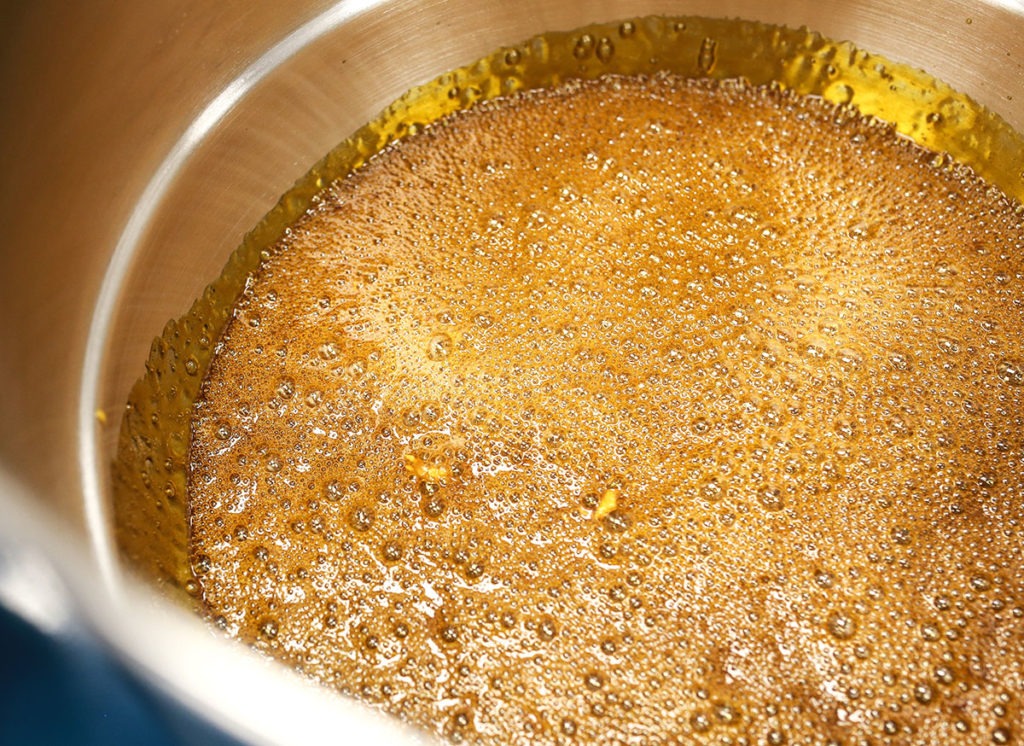
- Strain type – the chemical composition of the strain, which affects its thickness as an oil
- Full-spectrum or distillate – distillates tend to be more viscous (thicker) than full spectrum oils
- Level of processing – how an oil is distilled and the level of refinement. If terpenes are extracted and added back into the oil, for example, this would make the oil less viscous.
A vape’s hardware needs to give special consideration to this variance in viscosity. We’ll discover more about how oil viscosity impacts the vaping experience below.
What Makes the Ideal Vaping Experience?
There are a number of factors that go into creating an exceptional vaping experience. It’s important to remember that just like any cannabis consumption method, personal preferences and effects are unique to the individual. With that in mind, here are the top influencers of experience.
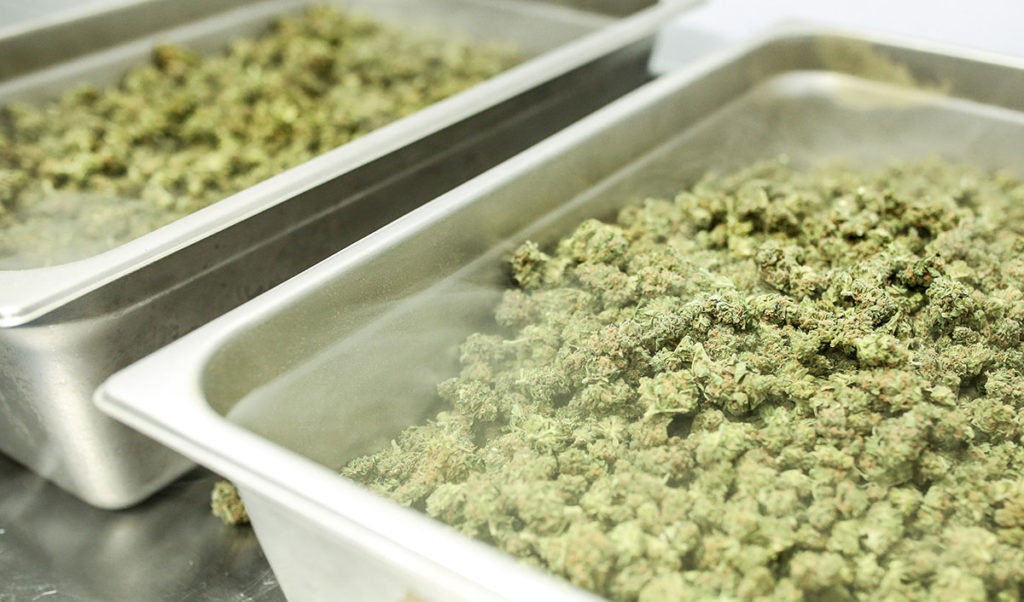
It Starts with Flower
It’s no surprise that extracted product outputs are only as good the flower that goes in. Equally as important as the flower’s quality is its actual composition. As we know, cannabis is made up of hundreds of different compounds. The percentage of cannabinoids and terpenes in the flower largely dictates the potency of the extracted oil for vape cartridges.
Extraction Method
The value of choosing the correct extraction method for the specific end product cannot be overstated. At Valens, we are the only extraction company in Canada to offer a diverse range of extraction methods. This allows us to tailor the ideal method of extraction to the type of cannabis oil. The level of refinement involved in processing is also key to creating the ideal oil for vape cartridges.
Temperature Control
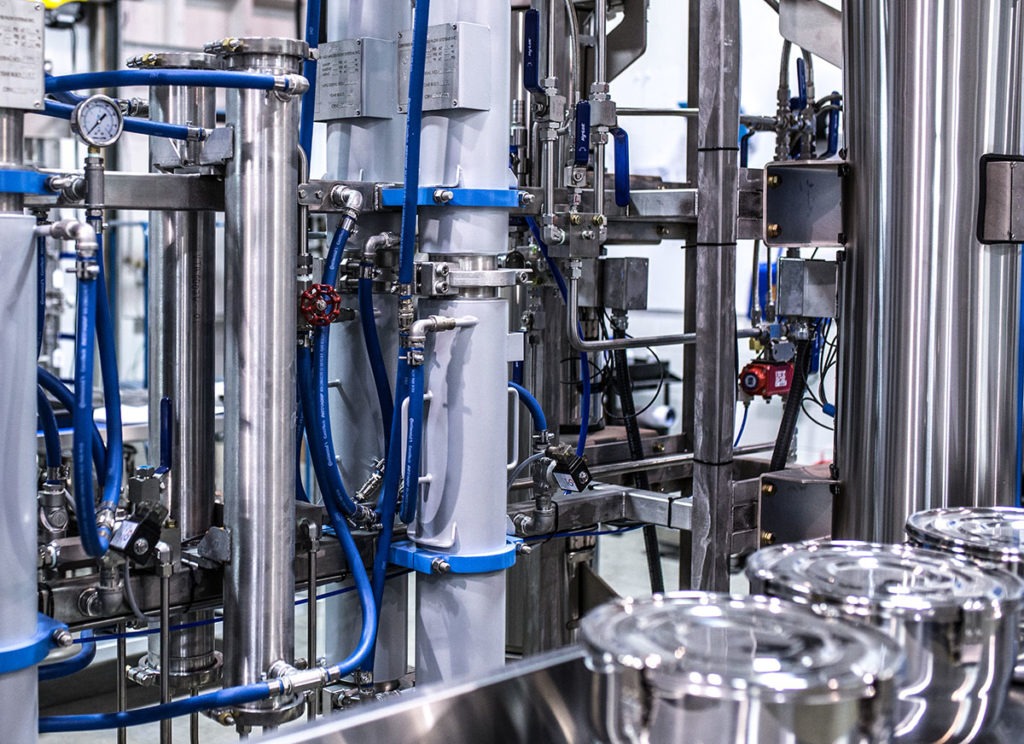
Maintaining a consistent temperature and the optimal temperature for the type of oil is critical to the vape experience. When there are more volatile cannabinoids and terpenes within the oil, it generally requires a lower temperature. This temperature control comes from having the right hardware for the specific oil type, which brings us to the next point.
Ideal Hardware
There are many different styles and sizes of vapes, but it is really what’s inside that matters. Having the precise resistance, voltage and air intake to maintain the ideal temperature for a specific oil is what it’s all about. At Valens, we can help tailor the perfect hardware for the needs of our partners.
Know Exactly What’s in Your Vape Cartridge
Recent health scares have shed appropriate light on the vape oil market and our responsibility as producers. While it’s up to consumers to research the ingredients in their vape products, it’s ultimately up to the industry to quality-test and provide safe products. Our customers can rest assured knowing we take every precaution to maintain the highest quality and safety standards.
The Vape Wave of the Future
It’s no surprise that Silicon Valley and leaders in the tech industry are getting into the lucrative vape market. More and more vape companies are looking to incorporate smart technology. It’s all with the goal of elevating the customer experience, improving safety, and minimizing health risks. It’s an exciting time for the industry.
As with most areas in this rapidly evolving industry, there’s no shortage of innovative solutions being developed for the vape market. Lift & Co. has identified a number of innovations to look out for this year. These include childproofed hardware, improved safety, dosage control, and recyclable devices.
The Market Opportunity
Despite concerns over the health and safety of vaping, there is still a tremendous opportunity for legit vape producers that put quality and safety above all else. According to the Future of Cannabis Report, number three on the list of Canadians’ favourite ways to consume cannabis is vaping, with 46% saying it’s their preferred method of consumption.
What’s more, a report from Research and Marketing predicts that the global vape product market is expected to reach $43 Billion by 2023.
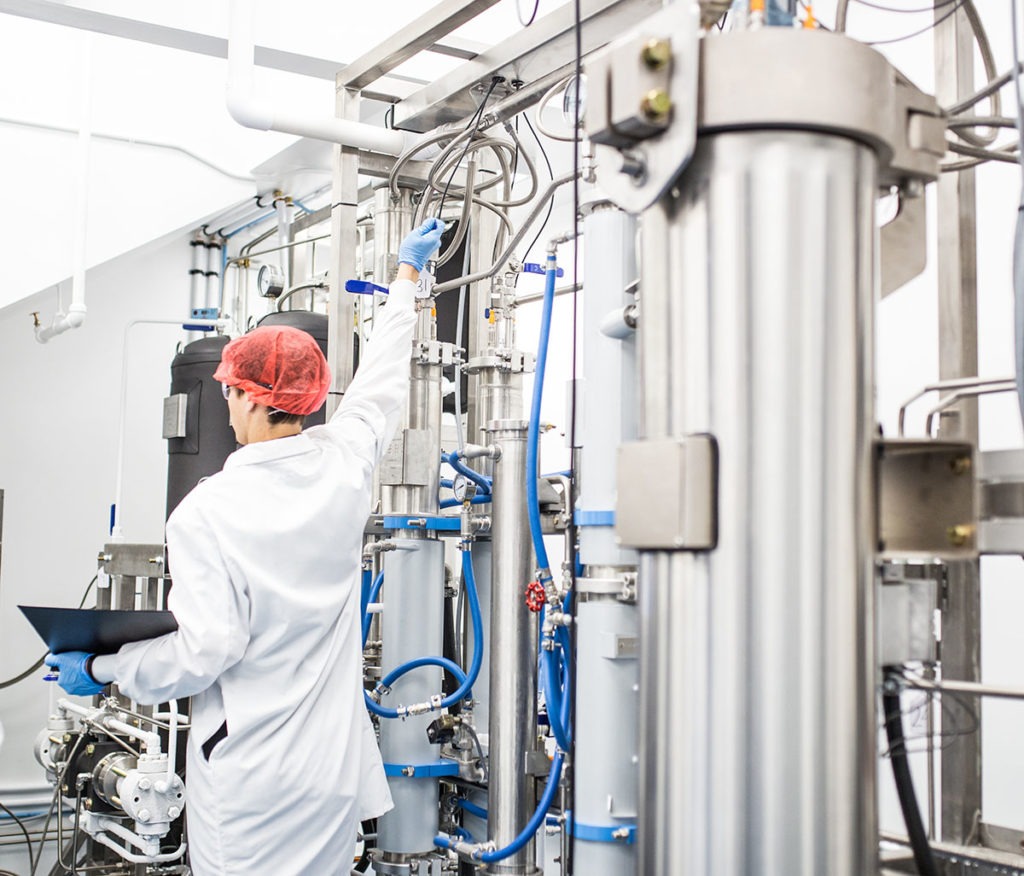
Our Vape Expertise
Vaporizer oil is not a one size fits all. Whether you’re creating a distillate pen or a single origin pen, there are a variety of ways to get there.
Diverse Extraction Methods
CO2 extraction is a widely used method for producing vape cartridges, providing a wide variety of formulations.
Depending on the input material, if you are looking to preserve the more volatile terpenes, Valens can execute a subcritical run to collect these compounds. We follow this up with a supercritical run to collect the cannabinoids, then re-introduce the terpenes back into the final product.
Ethanol is also an efficient and effective way to collect cannabinoids and fill a distillate pen at scale. For high-quality flower, hydrocarbon is an intricate, low-heat way to extract the full spectrum of the plant. The result is a clean, yet complex oil.
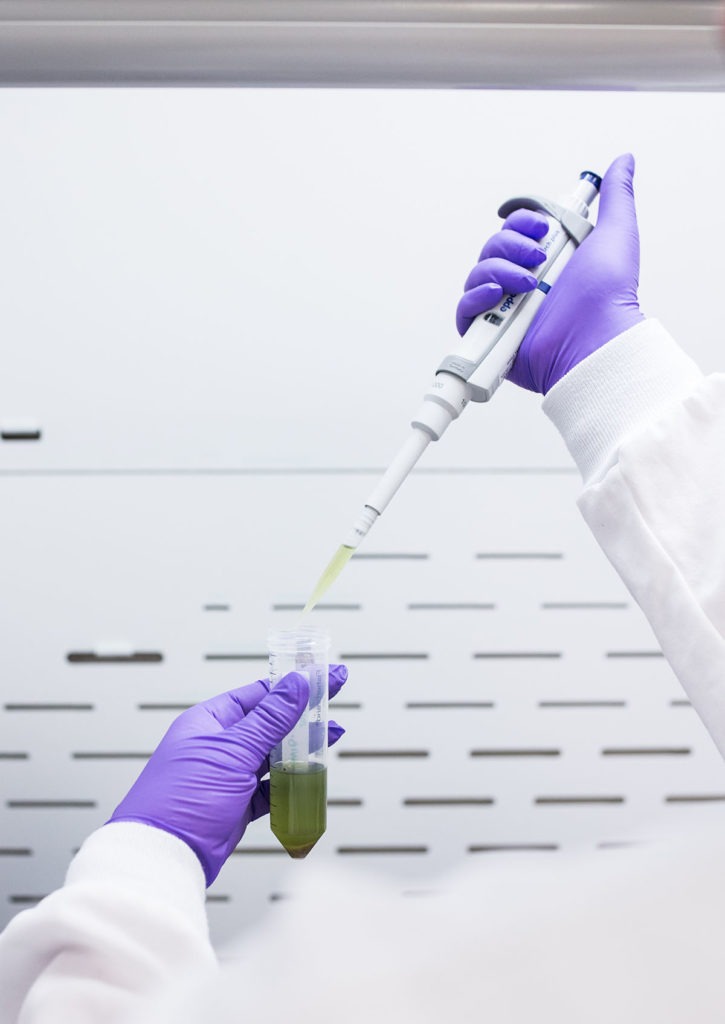
Tailored Hardware
Would you put high octane fuel in a run-down vehicle? This is how we need to look at vaporizer hardware. Each formulation requires different hardware parameters to get the most out of the oil experience. Having a partner that understands oil viscosity and composition is imperative. We are experts in effectively pairing oils with the right cartridge and pen. This is vital to providing an optimal user experience.
Advanced Formulations
In order to differentiate your product offerings, formulation is a crucial step to provide originality, consistency, and quality. Key to creating these formulations is ensuring that the proper saturation of terpenes is present for an effective, desirable experience. Effective refinement and proper blending are vital steps in the process.
Safety and Quality at Our Core
At Valens, we employ the best of the best to ensure your products are safe, reliable and top quality. As the first and only Canadian company to be ISO 17025 accredited, we provide the global gold standard for cannabis testing. When it comes to vaping, this gives our partners and their customers ultimate peace of mind.
“As cannabis concentrates and extracts continue to rise in popularity, few companies are better positioned to capitalize on this market than Valens GroWorks.”
– Louis O’Neill, The Green Fund
References
- Armstrong, P. (July 2019). The vape wars are coming: Companies prepare for the next battle in the cannabis market. CBC News.
- Perrone, M. (August 2019). More vaping illnesses reported, many involving marijuana. AP News.
- Downs, D. (August 2019). Vape pen lung diseases has insiders eyeing misuse of new additives. Leafly.
- Gardner, K. (July 2019). A Short History of the Vaporizer. Hippo Reads.
- Wikipedia Contributors (April 2019). Eagle Bill. Wikipedia.
- Medical Jane Contributors (November 2016). Vaporization: learn everything there is to know about vaporizing. Medical Jane.
- Gieringer, D., Laurent, J., & Goodrich, S. (July 2003). Cannabis Vaporizer Combines Efficient Delivery of THC with Effective Suppression of Pyrolytic Compounds. Journal of Cannabis Therapeutics. 4:1, 7-27.
- Bennett, P. (May 2017). Cannabis Oil Distillate: A Different Kind of Concentrate. Leafly.
- Andre, C., Hausman, J., Guerriero, G. (February 2016). Cannabis sativa: The Plant of the Thousand and One Molecules. Frontiers in Plant Science 2016;7:19.
- Leaf Science Contributors. (May 2016). Vaporizing 101: What Temperature is Best? Leaf Science.
- Crist, R. (April 2019). Weed tech heats up with a new smart vaporizer from Apple, Microsoft alums. CNET News.
- Carleton, A. (Mar 20, 2019). 4 Vape Pen Innovations to Watch For In 2019. Lift & Co.
- Valens GroWorks Contributors. The Future of Cannabis in Canada Report.
- PR Newswire Contributors (January 2018). Global Vapor Products Market Outlook and Forecast 2018-2023: Market and is Expected to Cross $43 Billion by 2023. PR Newswire Research and Markets.
- O’Neill, L. (July 2019). Extractly: An Exclusive Interview with Valens GroWorks. The Green Fund.
- Karakatsanis, Alex. (June 2020). Cannabis Consumption Trends During Covid-19. TVape.


